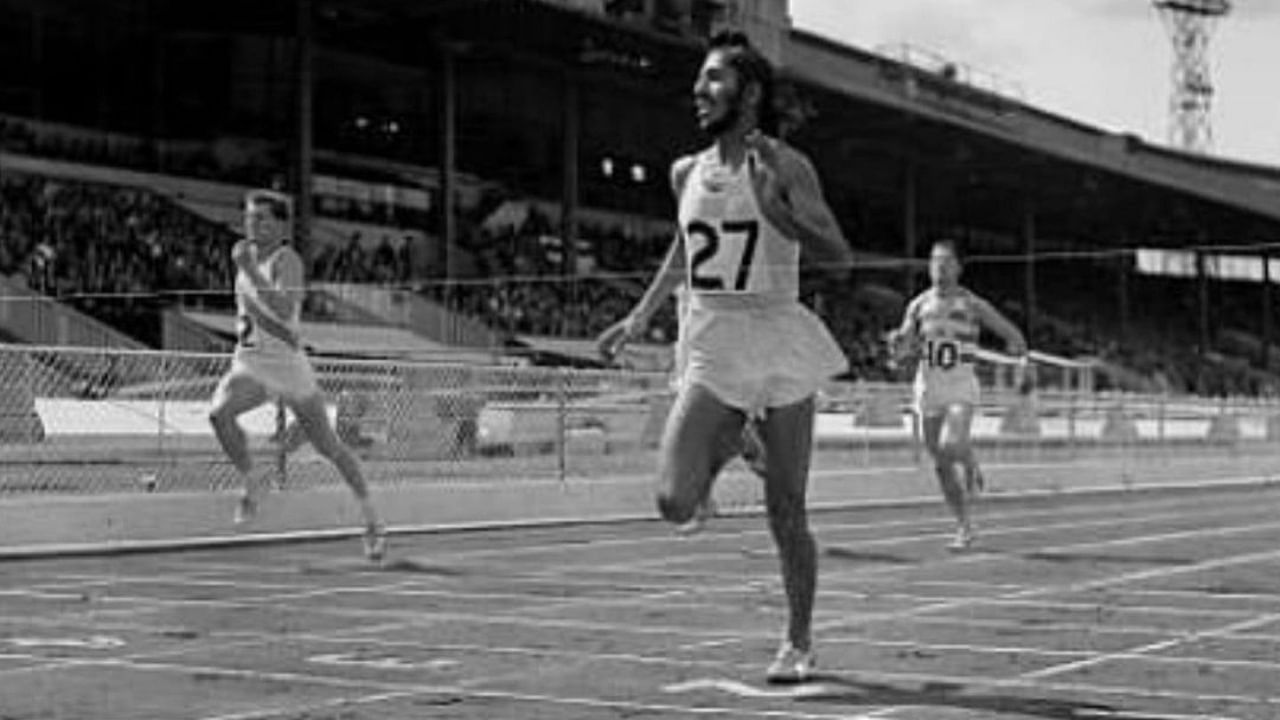
Legendary athlete Milkha Singh, who passed away Friday, is known by a famous sorbiquet around the world: "The Flying Sikh".
The sorbiquet signifies everything about the man - his efforts, his determination, and above all, his utter dominance on the race track.
But how did Milkha Singh come to be known as "The Flying Sikh"? Here is the story.
Milkha Singh had a troubled past. His parents were murdered during the Partition, and he was forced to steal to make ends meet as a child, even going to jail for it. But he was determined to turn his life around, and after trying - and failing, thrice - to enter the Indian Army, he finally made it in his fourth attempt.
While in the Army, Singh ran a 5-km cross-country, making it to the sixth position in the top 10 - all for a glass of milk, which sprang his career and his future.
He went on to compete in the 1956 Olympics, and though he failed to make his mark there, he learnt a few valuable lessons.
Singh went on to compete in the 1958 Commonwealth Games, winning gold there. During this time, a Pakistani, Abdul Khaliq, who was known as the fastest man in Asia, had won the gold in the 100m race at the 1958 Asian games.
Then, in 1960, his fate changed entirely. The Indo-Pak sports meet was set to take place, but Singh was unwilling to return to a place where he knew only loss and pain. However, a bit of persuasion by PM Jawaharlal Nehru was all that was needed.
The President of Pakistan at the time was Ayub Khan, who had recently taken control of the country in a coup.
Milkha Singh and Abdul Khaliq raced in the 200m category after Khaliq's utter domination in the previous races, and Singh won against his rival in a close contest.
At the award ceremony, Ayub Khan, impressed by Milkha Singh's performance, told him "You didn't run today, you flew", and which led to him acquiring the title of "The Flying Sikh".